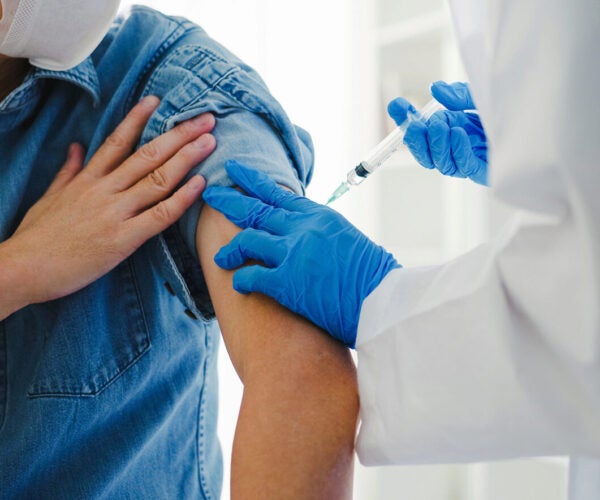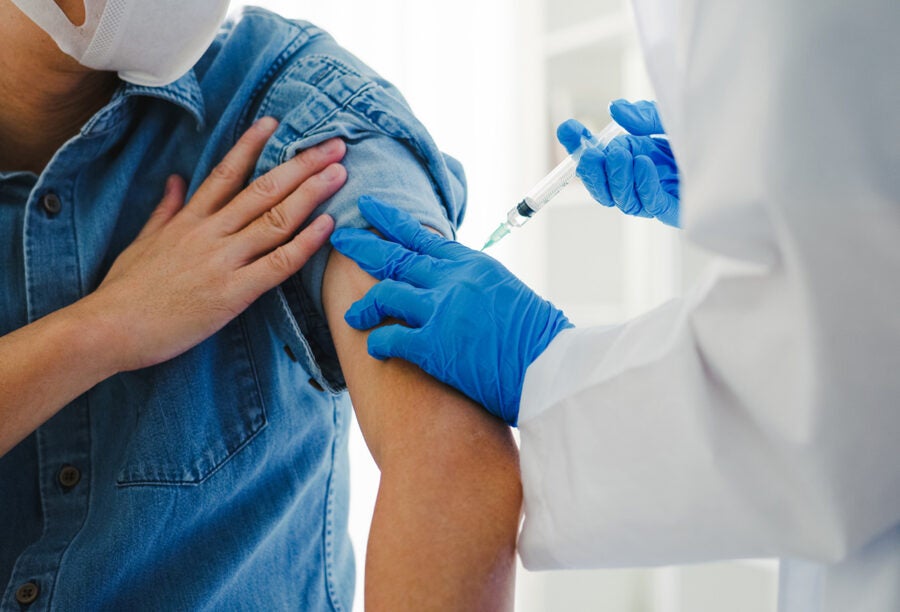Yommie
SpeedLimited
- Oct 2, 2013
- 64,173
- 37,187
- Country of Origin

- Country of Residence

- Thread starter
- #1,741

Wastewater testing shows COVID-19 at highest levels since January
As health professionals prepare for the release of 2024-25 COVID-19 shots, it appears the U.S. is undergoing a spike in cases.
Wastewater testing shows COVID-19 at highest levels since January
New COVID-19 shots are slated to come out in the coming weeks.
Photo by: Lee Jin-man/AP
A woman walks outside of a COVID-19 testing center.

By: Justin Boggs
Posted 1 hour and 13 minutes ago
and last updated 53 minutes ago
Monitoring of wastewater throughout the U.S. shows that COVID-19 levels are likely at their highest levels since early January, according to Centers for Disease Control and Prevention data.
Officials have said that wastewater tests can provide officials an idea of how prevalent the spread of the virus is.
The CDC's data shows COVID-19 levels as of last week are about three times higher than this time a year ago. The wastewater data shows that the presence of COVID-19 fell sharply after a spike in December and January. That drop, however, has subsided this summer with cases steadily on the rise.
RELATED STORY | FDA reverses course, calls for vaccines for fall 2024 to target newer COVID-19 strain
Wastewater monitoring indicates COVID-19 levels are highest in the West, and lowest in the Northeast. The South is also experiencing elevated levels.
California has the highest activity level for COVID-19, the data indicates, followed by Utah, North Carolina and Minnesota. New York and Arizona are reporting lower levels of COVID-19 virus in wastewater.
Nearly half of all cases are coming from the KP.3 and the KP.3.1.1 variants.
Updated COVID-19 vaccines are expected to be released in the coming weeks. The vaccines are intended to target the KP.2 variant, which now consists of about 20% of cases, the CDC said. It's too early to tell how effective the new vaccines will perform against the KP.3 variants.
KP.2 and KP.3 are known as FLiRT variants, because of their specific positions in the spike protein.
RELATED STORY | COVID-19 dropped to 10th leading cause of US deaths in 2023
Andy Pekosz, a professor at Johns Hopkins University in molecular microbiology and immunology, said in a Q&A earlier this year that these variants aren't more or less severe than previous variants, but more people have antibodies through vaccines and prior infection to better fight off an infection.
Everyone aged 5 years and older should get an updated COVID-19 vaccine to protect against serious illness, the CDC recommends.
In recent years, updated COVID-19 vaccines have become widely available in early autumn.







